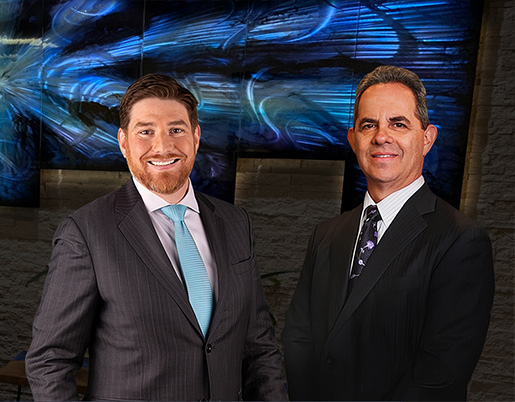Controversial supplier contract purchasing terms adopted by General Motors last year, will be changed by the automobile manufacturer after suppliers say that the terms expose them to greater warranty liability. Although the new terms and conditions applied to only new purchase contracts, supplier executives and attorneys said they were uncomfortable with elements of the new contract. The new terms and conditions extended the automaker’s rights giving GM more authority to recover warranty and safety recall costs, to acquire suppliers’ intellectual property rights, and to access their financial information. Continue reading
Category Archives: Automotive News
Aston Martin Repeated Repairs For Throttle Control
Aston Martin North America have filed a defect information notice with the NHTSA because of an issue related to the throttle pedal arm in certain 2008-2014 vehicles. This notice supersedes NHTSA campaign 13V-228. Any vehicle that has been repaired under the previous recall will be asked to return their automobiles to have the problem remedied again. Continue reading
Automobile Manufacturers Share Repair Data – Right To Repair
The Automotive Aftermarket Industry Association (AAIA), the Coalition for Auto Repair Equality (CARE), and automobile manufacturers, are discussing an agreement that will give automobile owners the choice of where to take their vehicle for repair. The decision would be a victory for aftermarket groups who have been fighting for over a decade to ensure that vehicle repair is affordable and convenient for all Americans. Continue reading
Safety Problem Affects Seats In 2014 Toyota Vehicles
Toyota has alerted the NHTSA about a problem in certain 2013-2014 Toyota sedans, minivans, and pickup trucks equipped with seat heaters sold since August 2012. Dealers have been asked to stop selling the popular models because the fabric does not meet the U.S. safety standards for flammability. Continue reading
NHTSA Proposes Side Impact Test for Child Restraint Systems
The National Highway Traffic Safety Administration (NHTSA) are proposing upgrades to the federal motor vehicle safety standard for child-restraint systems to ensure child passengers are protected in side crashes. The proposed upgrades would include a first-ever side impact test for car seats sold in the U.S. that are designed for children weighing up to 40 pounds. Continue reading
Highway Safety Group Implements Tougher Criteria For Auto Safety Ratings
The Insurance Institute for Highway Safety (IIHS) is once again making it increasingly difficult for automakers to achieve top ratings for vehicle safety, by tightening testing criteria for the third time since 2006. The tests will evaluate two aspects of safety: crash worthiness – how well a vehicle protects its occupants in a crash – and crash avoidance and mitigation – technology that can prevent a crash or lessen its severity. Continue reading
NHTSA Encourages Advanced Auto Technology To Reduce Human Error
According to National Highway Traffic Safety Administration (NHTSA), almost 90% of all accidents are due to human error. As part of a push by the NHTSA to eliminate traffic fatalities, the group is looking at the newest technology already used by nearly every automaker. The safety group hopes to work closely with the auto industry to address highway safety to see where industry can fast-track existing technology for the greatest advances. Continue reading
Auto Loan Dealer Fees Accused Of Violating Fair Lending Rules
Approximately eighty percent of all automobile buyers requiring financing, get their loans through the dealership where they are purchasing their vehicle. The dealerships extended hours and “approval while you wait” make it easy for consumer’s to get their financing and their new vehicle the same day. According to a recent report from the Federal Reserve Bank of New York, what you gain in convenience, you pay for in high interest rates and fees. This problem has prompted a number of government investigations into the growing business of auto lending. Continue reading






